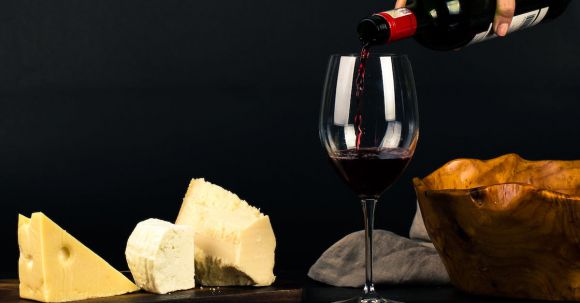Cheese is one of the most beloved and versatile foods in the world. With countless varieties to choose from, it can be overwhelming to know where to begin when selecting and pairing cheeses. Whether you’re hosting a dinner party or simply looking to elevate your snack game, this guide will help you navigate the world of cheese with confidence and finesse.
Understanding Cheese Types
Before diving into pairing, it’s essential to have a basic understanding of the different types of cheese. There are four main categories: soft, semi-soft, hard, and blue. Soft cheeses, like Brie and Camembert, have a creamy texture and mild flavor. Semi-soft cheeses, such as Gouda and Havarti, offer a slightly firmer texture and a range of flavors from mild to sharp. Hard cheeses, like Cheddar and Parmesan, are aged and have a firm texture with intense flavors. Blue cheeses, such as Roquefort and Gorgonzola, are known for their distinctive blue veins and bold flavors.
Choosing the Right Cheese
When selecting a cheese, consider the occasion and the flavors you want to highlight. For a casual gathering, a crowd-pleasing option like a creamy Brie or a tangy goat cheese can be a safe bet. If you’re feeling adventurous, explore artisanal cheeses from local producers to support small businesses and discover unique flavors.
Pairing Cheese with Accompaniments
To truly elevate your cheese experience, consider pairing your selection with complementary accompaniments. Here are some classic pairings to get you started:
1. Fruits: Fresh or dried fruits, such as grapes, figs, and apples, provide a refreshing contrast to the richness of cheese. The sweetness and acidity of fruits can balance the saltiness and creaminess of certain cheeses.
2. Nuts: Toasted nuts, like almonds and walnuts, add a delightful crunch and nuttiness that complements the flavors of many cheeses. Experiment with different combinations to find your favorite pairing.
3. Crackers and Bread: A variety of crackers and crusty bread can serve as a neutral base for your cheese. Opt for options with different textures and flavors, such as water crackers, baguette slices, or whole-grain varieties.
4. Honey and Jams: Drizzling honey over a slice of cheese can create a harmonious blend of sweet and savory flavors. Similarly, pairing cheese with jams or preserves, like fig or apricot, can add a burst of fruity sweetness.
5. Charcuterie: In addition to cheese, a well-curated charcuterie board can include cured meats, such as prosciutto or salami, to provide contrasting textures and flavors that complement the cheese.
Experimenting with Pairings
Pairing cheese is a personal journey, and there are no strict rules. Don’t be afraid to experiment and trust your taste buds. Consider the intensity of flavors, textures, and even the occasion when selecting your pairings. For example, a light and fresh goat cheese can be a perfect match for a crisp Sauvignon Blanc, while a robust blue cheese might pair beautifully with a bold red wine like Cabernet Sauvignon.
Conclusion: Discover Your Perfect Pairings
In the vast world of cheese, there are endless possibilities for pairing and exploring flavors. Remember to choose cheeses that suit your taste preferences and experiment with different accompaniments to find your perfect pairings. Whether you’re hosting a gathering or enjoying a solo cheese tasting, let your palate guide you on this delicious journey. So say cheese, and bon appétit!
